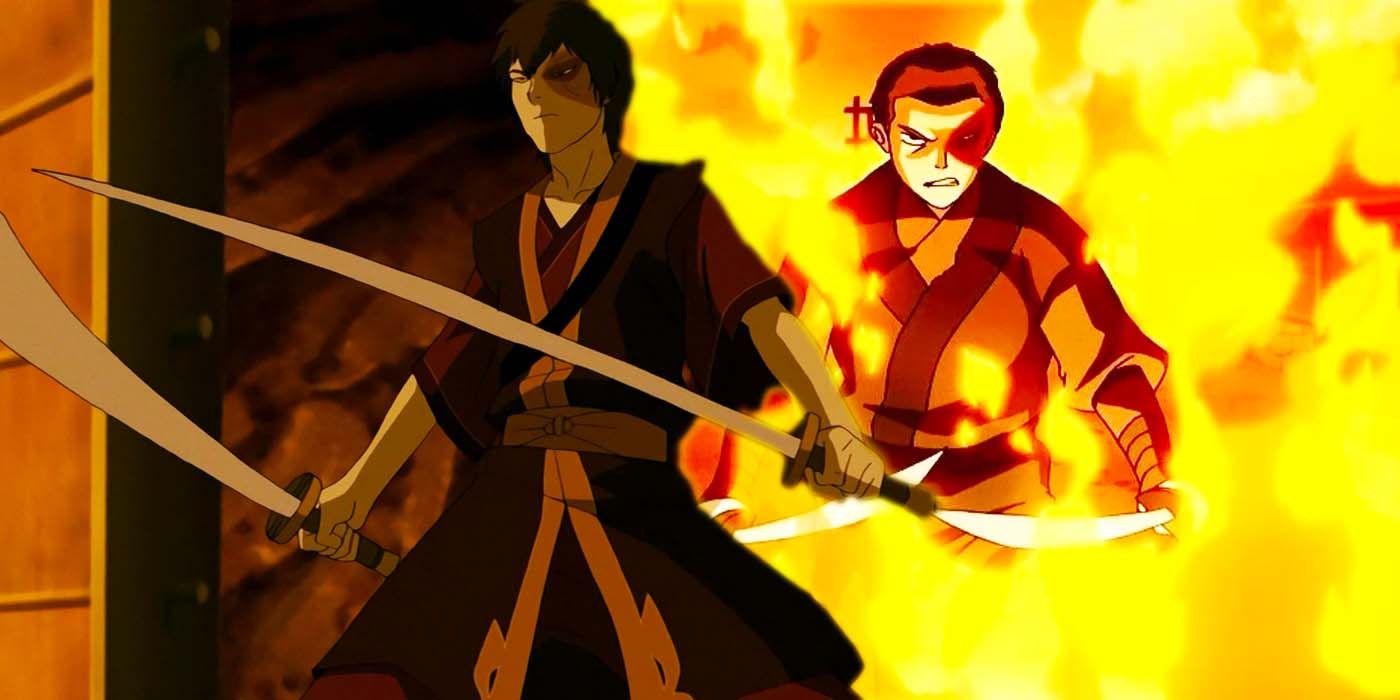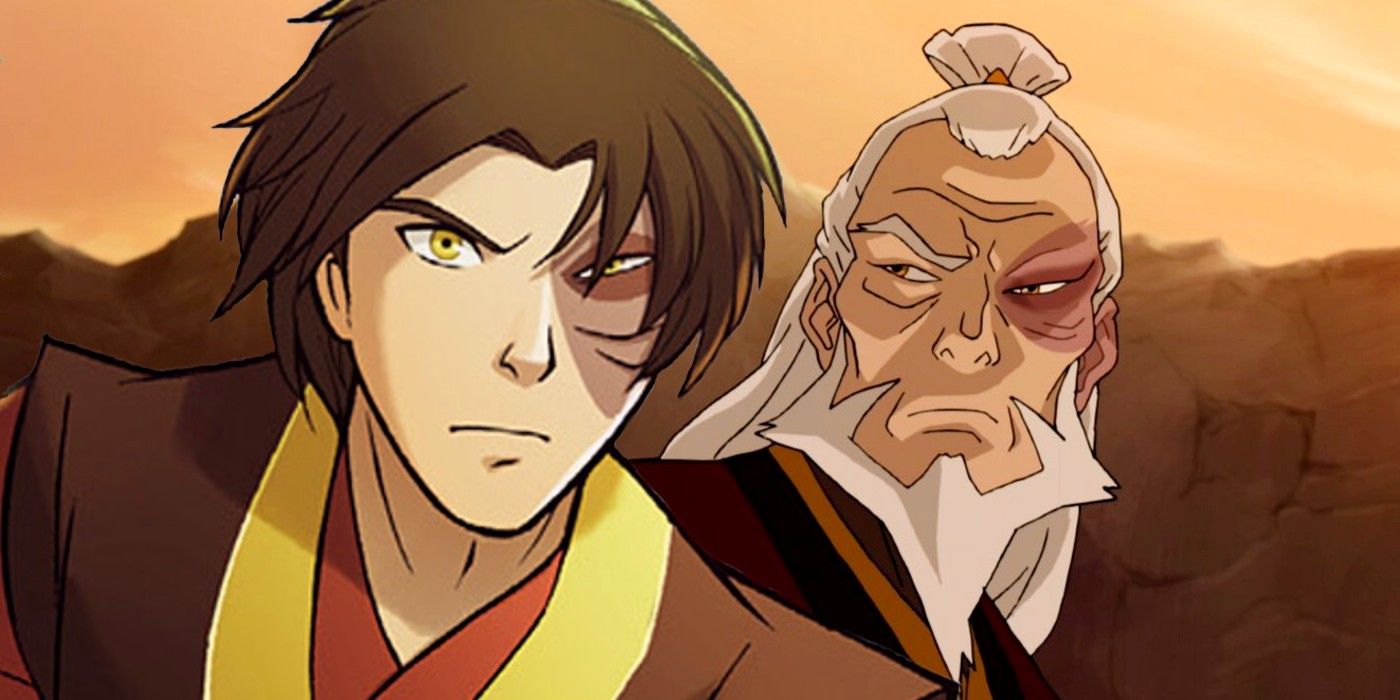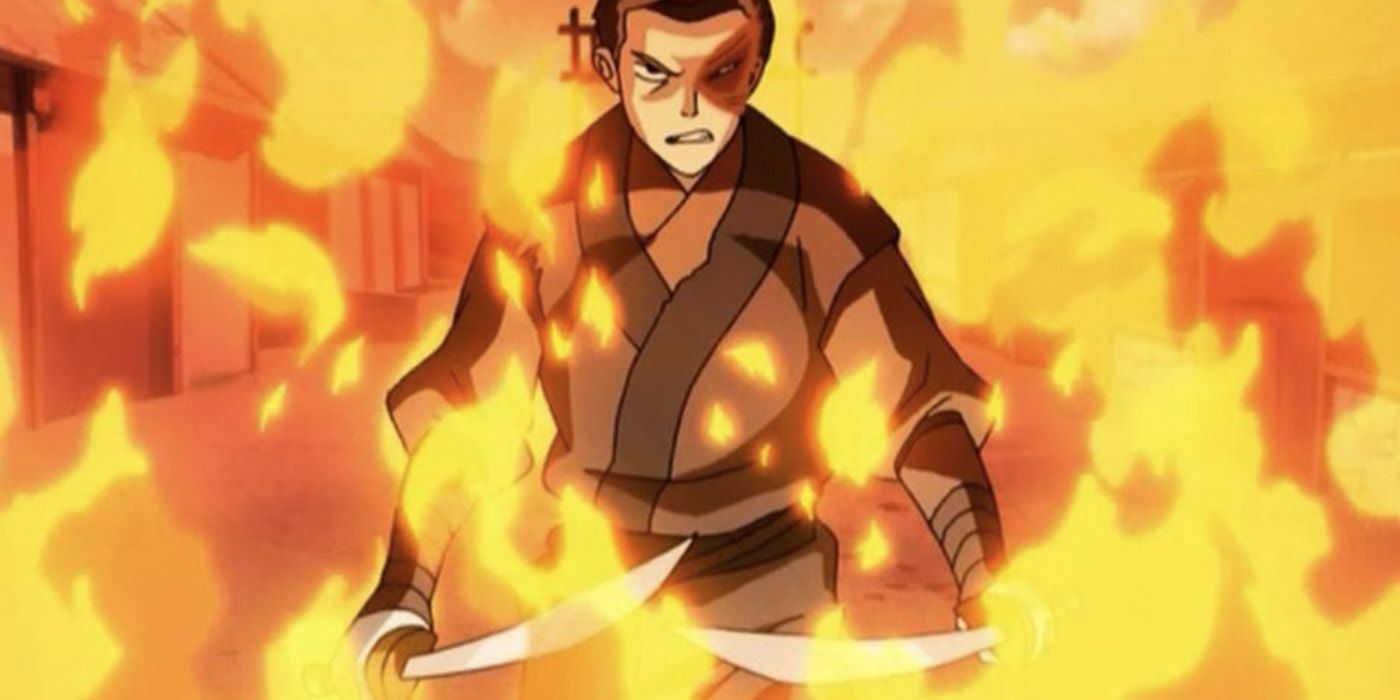Avatar: The Last Airbender’s Prince Zuko is known for having one of the most compelling villain arcs in recent history, but the show’s original villain plan had to change for that to happen. At the story’s beginning, 16-year-old Zuko has been banished from the Fire Nation by his father as a punishment. At the time, the Avatar was thought to have been long gone, and the task was meant to be a humiliating wild goose chase. After a chance encounter with the new Avatar, Zuko will stop at nothing to capture him. But by the end of the series, the angry, misguided teenager has become a strong leader.
Zuko’s remarkable character development couldn’t have happened without Eric Coleman, an executive producer at Nickelodeon who worked as a content supervisor at the time and who has since been dubbed “Zuko’s godfather” by the show’s creators. According to the podcast Avatar: The Last Airbender: Braving The Elements, led by the voice actors for Zuko himself (Dante Basco) and Avatar Korra (Janet Varney), the show’s original idea intended for Firelord Ozai to be the primary villain, terrorizing the Avatar and his friends from a distance. It was Coleman who pointed out that the characters needed a separate antagonist to chase them forward through the plot. That’s where Zuko comes in.
Zuko Was First Pitched As An Adult Character In Avatar: The Last Airbender
Michael Dante DiMartino and Bryan Konietzko, the show’s creators, agreed with that notion and came up with the idea for Zuko. When he was first added to the cast, Zuko was an adult. This adult version of Zuko would have changed many details about the story, but a surprising amount of his character traits would have stayed the same. Even Zuko’s scar predated the finalizing of his age. DiMartino and Konietzko always intended for Zuko to have a redemptive arc and eventually even become the Avatar’s firebending teacher.
Though Zuko was changed to be closer in age to Aang and his friends, some of that original idea made it into the final product with the addition of the wise Uncle Iroh, the spirit of Avatar Roku, and the ruthless General Zhao. And now that Zuko was a kid himself, his desperate mission to capture the Avatar was even more sympathetic, which set him up for his spectacular redemption.
Why Zuko Was Changed In Avatar: The Last Airbender
Adding a second firebending antagonist ultimately paid off in a big way. Firelord Ozai was a great final villain, but Zuko’s complex motivations moved the story forward in more ways than simply keeping the characters on the move. As Coleman said in Braving The Elements, having the primary antagonist be “a kid who was, like, really driven” would be scarier. Once Zuko’s backstory is fully revealed, that couldn’t have been more true. The resentment and trauma stemming from Zuko’s history with his father set him up for incredible growth, and changing his age made his transformation much more compelling.
Multiple aspects of Zuko’s character arc simply wouldn’t have hit as hard if he hadn’t been a teenager. From his father-and-son-like relationship with his Uncle Iroh to his desperate longing to go home to his family, Zuko’s age makes his story even more compelling and tragic. Thanks to DiMartino and Konietzko’s perfect execution of Coleman’s idea, Zuko went on to become a consistent fan-favorite character, and the stunning world of Avatar: The Last Airbender became even more dynamic.



